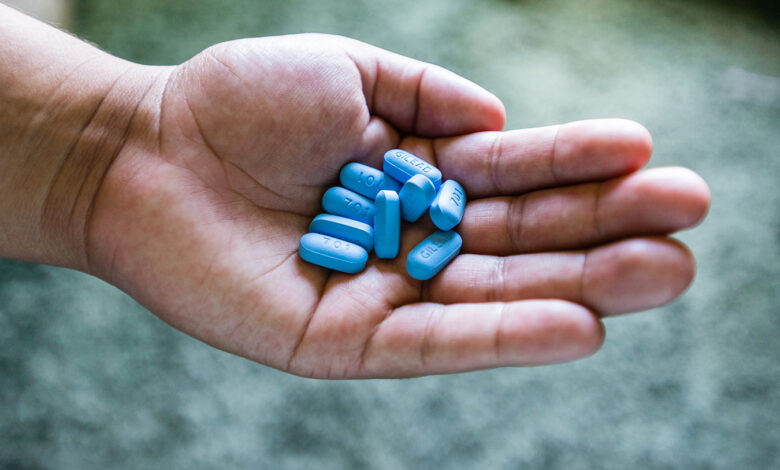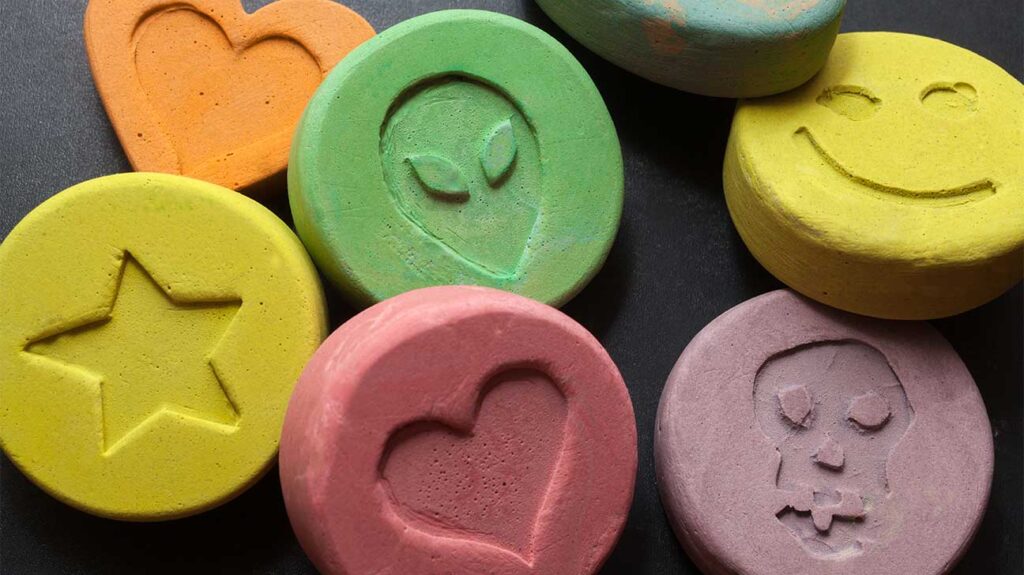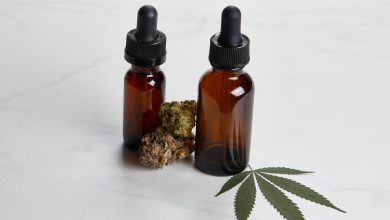
How to Win Your Fight Against the Drug – 2024 Guide
Drugs and their effects differ on different bodies according to the types of drugs; every drug behaves differently on every person. Our body size, amount of drug, health status, the potential of a drug, etc. decides the effect of the drug on human bodies. Those that are prepared illegally are not controlled substances, so the quality of ingredients and their strength varies. One batch of drugs can differ from the other one because the quality of products used in the making can be different. Due to this reason, the effect can be short or maybe long term. Some of them cause physical effects, many causes psychological also some can affect both ways. Every drug has a different level of dependency. The actions, thinking and behavior of a person change when he/she consumes drugs. In some situations, the person has to struggle while controlling the actions and thinking.
You may not think about the harm that drugs cause when you begin using them. Some people perceive that casual use doesn’t lead to addictions. The more frequent you take a drug, the more the tolerance against the drug is built up in your body. When forbearance is the build-up, the body demands and shows a need for a much higher dose than before and causes dependency. Dependency on a drug affects the health in every way, be it be physical health or psychological, and also disturb your work routine and social circle. Always remember that drugs can never be safe, and none of its levels is beneficial for the body. So be very careful while consuming any type of drug.
Different drugs and their different effects

The central nervous system of the human body is very sensitive, and drugs directly attack it, and as a result, it affects our thoughts, feeling, and reactions. There are three main types in which drugs are categorized. First are depressants. Secondly hallucinogens, and third are stimulants.
- Depressants
Depressants push down the capacity of the focal sensory system. They slow down the process of passing the messages to your brain. In little amounts, depressants can make an individual relax and be less restrained. In huge amounts, they may cause nausea, sleepiness, and demise. Depressants influence your focus and coordination and moderate your capability to react to circumstances. It is critical to operating a heavy apparatus while taking depressants. Liquor, cannabis, GHB, sedatives (heroin, morphine, codeine), and benzodiazepines (minor sedatives) are commonly used depressants.
- Hallucinogens
They distort your feeling of the real world. You may see or hear things that are not generally there or abnormally see things. Different impacts can incorporate mental issues, jaw grasping, state of panic, state of suspicion, gastric disturbance, and sickness. Ketamine, LSD, PCP, certain varieties of zoomies mushrooms, and cannabis are common examples of these drugs.
- Stimulants
Stimulants speed up the focal sensory system. They accelerate informing of messages to and from the mind, causing you to feel more observant and self-assured. This can cause an increase in pulse rate, circulatory strain, and heat level within the body diminishes craving and hunger and restlessness. In huge amounts, it causes uneasiness, seizures, stomach issues, and neurosis. Caffeine, nicotine, amphetamines (speed and Ice), cocaine, and bliss (MDMA) are its examples.
Risk factors involved related to drug harm

Several factors are involved. Some of them are:
- The kind and potential of drugs used.
- The substances used in making the drug — substances that are manufactured in-home, laboratories, or factories may contain bacteria, hazardous chemicals, and other dangerous substances. Even a single dose may cause an overdose that can lead to brain damage or even sometimes death.
- The physical characteristics of an individual like the height of a person, his weight, age, body fat percentage, and metabolic rate.
- The amount of dose you consumed.
- The frequency of drug use, total time spans you consumed a drug.
- The way of consuming the drug, some people inhale, some inject, and some use them orally. Swallowing a drug causes less dependency as compare to injecting and inhaling. Injecting tools can even cause other diseases like hepatitis, AIDS. The needles can also cause different infections.
- The mental state and health of a person, his mood, and the environment in which he lives (whether it is secure, a happy place, or an insecure place) can affect the experience. If you are having any mental health issues, drugs may worsen or obscure the symptoms of that particular condition.
- Some people mix drugs, including alcohol. In specific, alcohol leads to extraordinary risky behaviors such as drunk driving, which can cause serious injuries or death.
Where to get help?

Rehab Centre plays an important and most crucial role in the life of an addicted person. These days, in almost every country, liquor and medication treatment are and have been extremely advantageous to several individuals. Nonetheless, it is difficult to locate a suitable medication place for a precious one. Data about substance misuse treatment is consistently accessible on the Internet, so you can get information easily. The principle of a decent medication recovery center is to enable the patient to recover from substance misuse. The recovery community has a group of specialists and staff individuals who give treatment to people experiencing substance misuse and re-happening issues.
They will likewise teach these people about liquor and chronic drug use and how to get escape from these life taking substances. A first-class treatment center focuses on the causes and issues of patients and works on them, profoundly and intellectually. From the primary day, they will give great customized care to individuals and see that they are inspired and willing to go to the treatment or not. After doing the underlying registration, they will propose the program, which is most appropriate for their recovery. When the patient is truly prepared for treatment, he will be admitted to the middle. There he is checked and administered every day. The recovery cycle varies from patient to patient. A sharp and cautious eye is kept on them, and how they act, and all the acts are evaluated. For more info, check Infinite Recovery.




